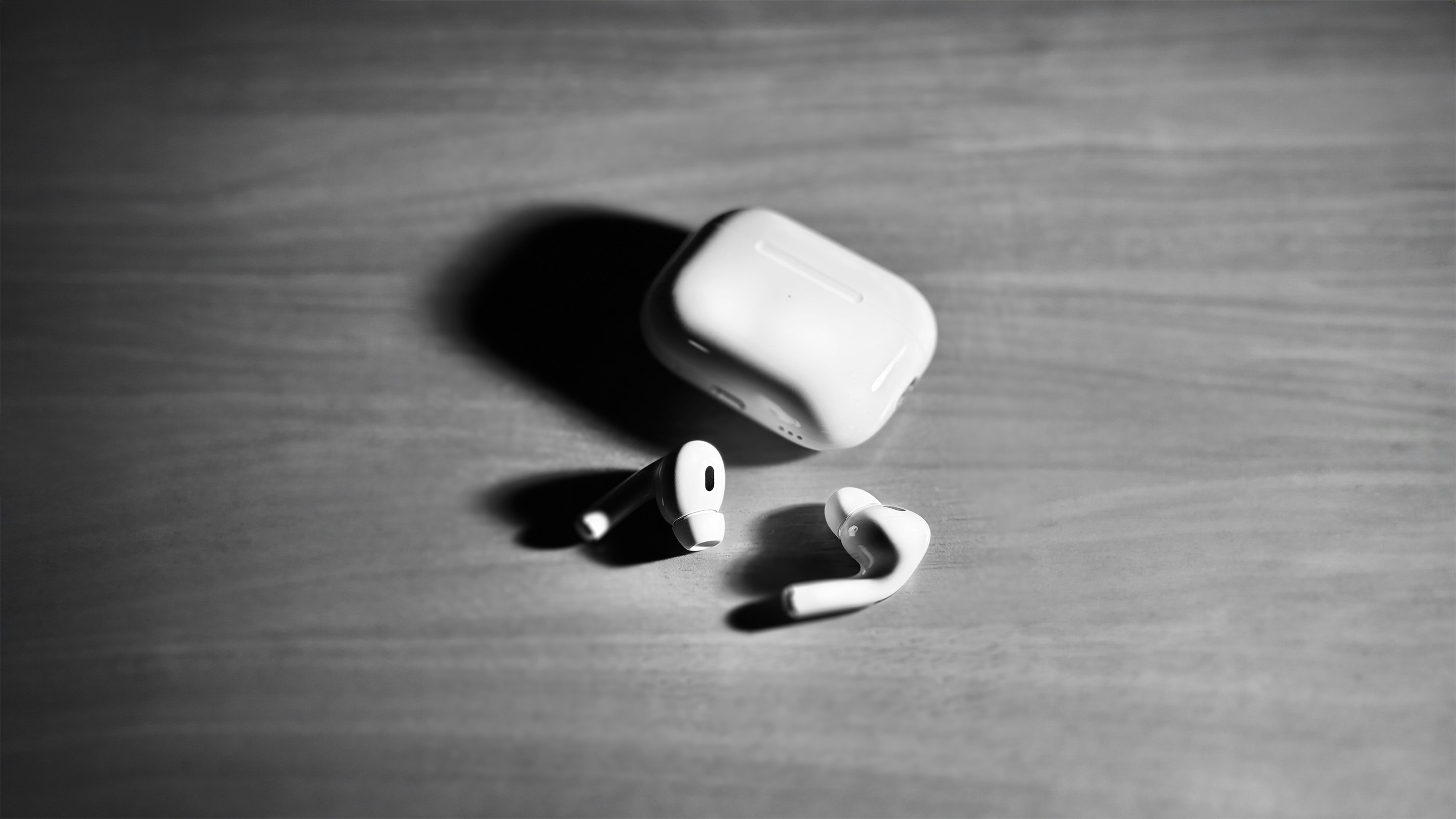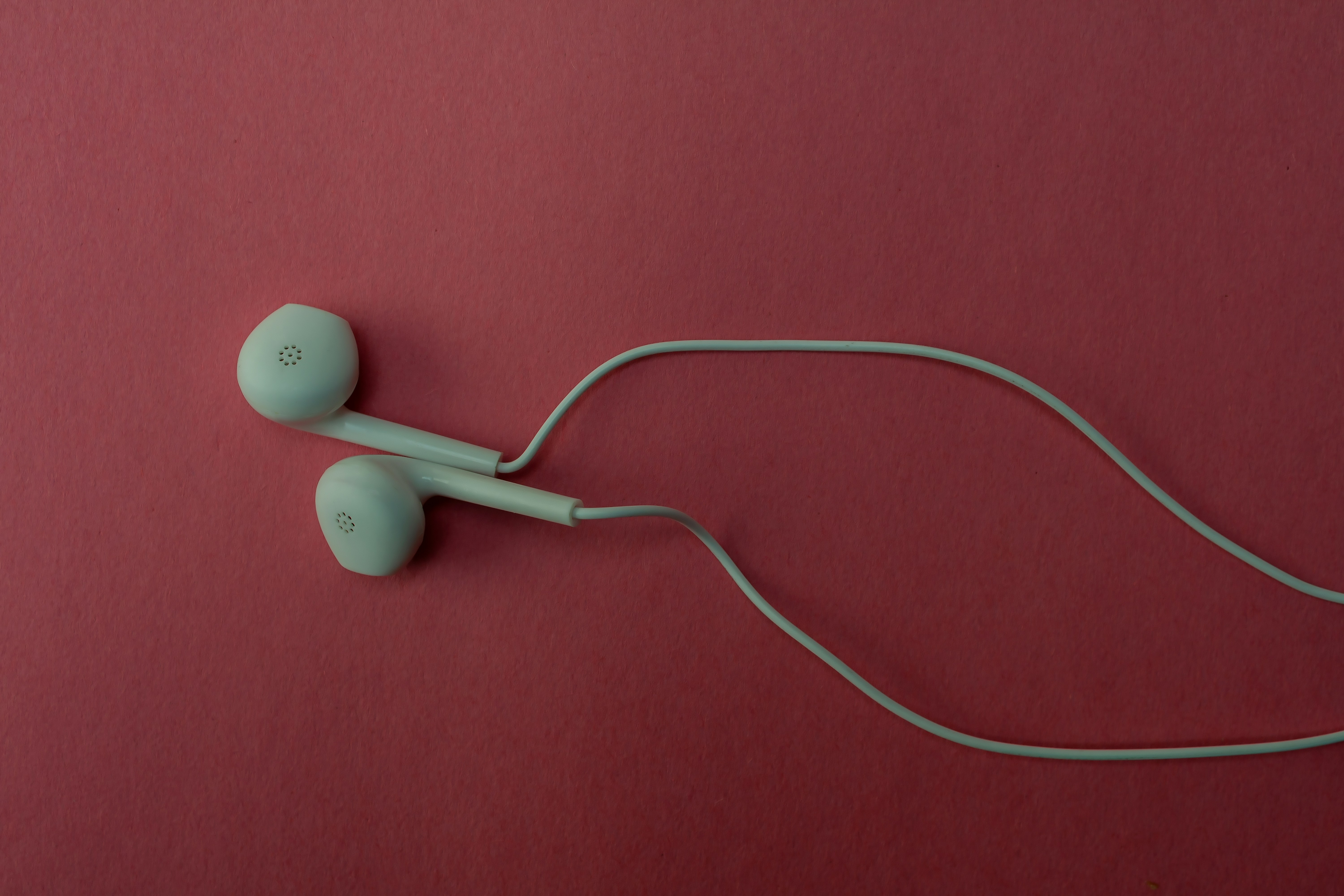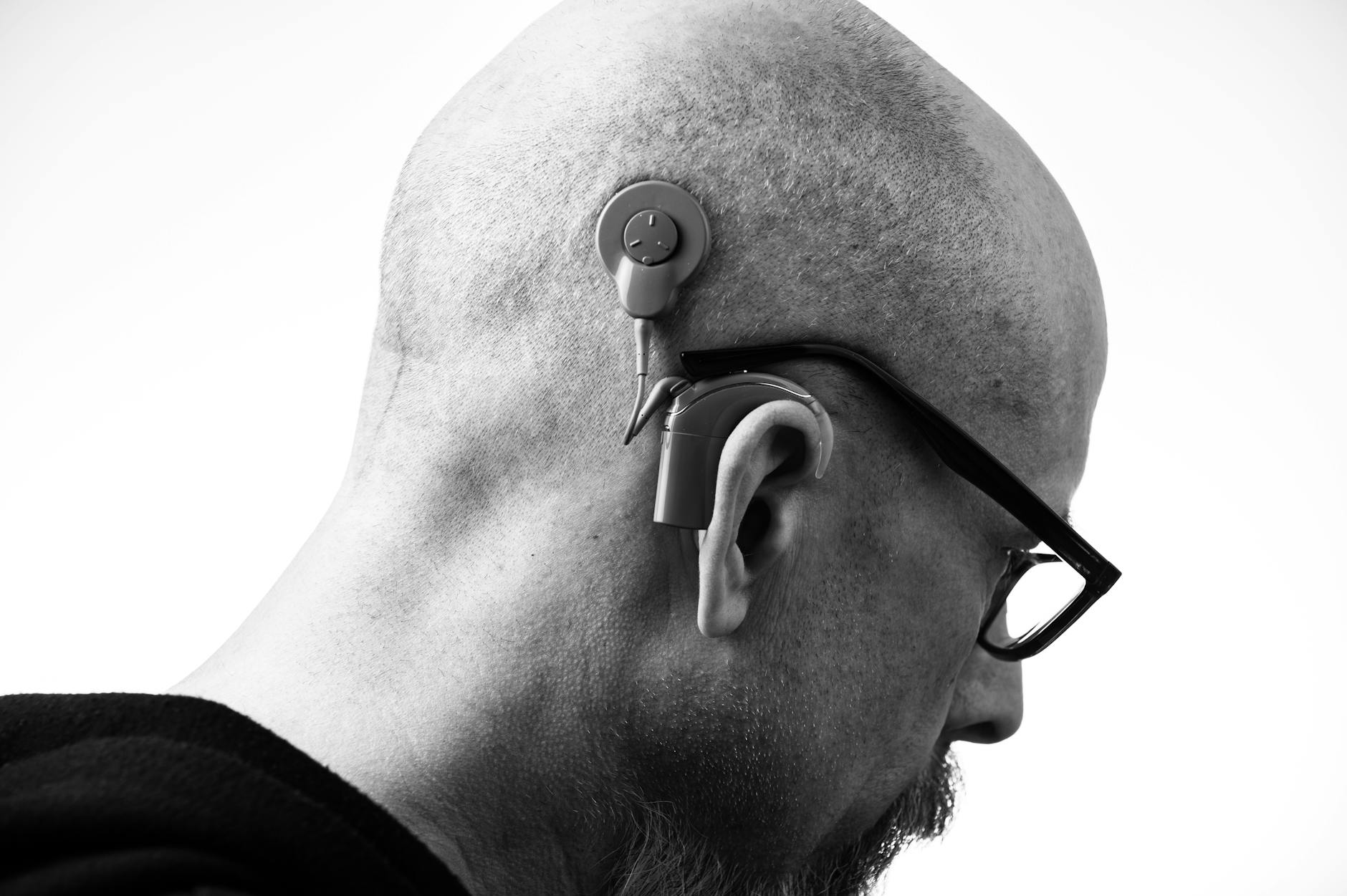Some medicines can save your life and still be tough on your ears. The good news: you don’t have to choose between your health and your hearing. With a smart plan, you can take necessary medications while actively reducing the risk of tinnitus, imbalance, and permanent hearing changes.
First, what is “ototoxicity,” and why should you care?
Ototoxicity means ear toxicity—damage to the delicate hearing and balance structures caused by certain drugs or chemical exposures. It can show up as ringing (tinnitus), muffled or distorted hearing, trouble hearing high pitches, or dizziness/imbalance. Sometimes it’s temporary; sometimes it’s permanent.
Not everyone taking an ototoxic medication will have ear problems. Risk depends on the drug, dose, duration, individual factors (like kidney function), and co-exposures (like loud noise). Prevention is about stacking the odds in your favor.
Who is most at risk?
- High-dose or long-duration therapy
- Intravenous (IV) medications, especially rapid infusions
- Existing hearing loss or tinnitus
- Kidney or liver disease (affects how your body processes drugs)
- Older age
- Genetic susceptibility (for example, certain mitochondrial variants with aminoglycosides)
- Co-exposure to loud noise or ototoxic chemicals (some solvents, metals) at work or during hobbies
Knowing your risk helps you and your care team choose the right monitoring and protective steps.
Common ototoxic medications (and what to do instead of panicking)
Do not stop any medication on your own. Many of these drugs are essential and lifesaving. The goal is awareness and prevention, not avoidance of necessary care.
Medications with well-known ototoxic risk
- Platinum-based chemotherapy: cisplatin (highest risk), carboplatin
- Aminoglycoside antibiotics: gentamicin, tobramycin, amikacin (more common with IV use)
- Loop diuretics: furosemide, bumetanide, ethacrynic acid (risk rises with high/rapid IV dosing or when combined with other ototoxins)
Medications that can affect hearing or cause tinnitus, often at high doses or with other risks present
- Salicylates: high-dose aspirin (tinnitus and temporary hearing shift; usually reversible when stopped)
- Nonsteroidal anti-inflammatory drugs (NSAIDs): ibuprofen, naproxen (risk appears dose-related)
- Macrolide antibiotics: erythromycin (especially IV), azithromycin in rare cases
- Antimalarials: chloroquine, hydroxychloroquine (rare but reported)
- Certain chemotherapy or targeted agents beyond platinums (ask oncology to review your specific regimen)
Ear drops and perforated eardrums
Some antibiotic ear drops that contain aminoglycosides may pose a risk if the eardrum is perforated or if there’s a ventilation tube. Safer non-ototoxic alternatives often exist. If you have a known perforation or tubes, confirm drop selection with your prescriber.
Your prevention game plan
Think of this as a shared safety checklist for you, your prescriber, your pharmacist, and your audiologist.
1) Get a hearing baseline before higher-risk treatment
- Ask for a comprehensive hearing evaluation, including high-frequency audiometry and (when available) otoacoustic emissions (DPOAEs). These tests can detect early changes before you notice them.
- Tell the audiology team exactly which medication is planned and your timeline. Monitoring schedules can be tailored to your regimen.
Gentle nudge: If you haven’t seen an audiologist before, this is a great time to establish care.
2) Monitor during therapy—catch changes early
- Track symptoms daily: new or worsening ringing, fullness, sensitivity to sound, trouble hearing in noise, or dizziness.
- Report changes promptly to your care team. Small dose adjustments or scheduling tweaks sometimes prevent progression.
- For high-risk regimens (like cisplatin or IV aminoglycosides), ask about periodic hearing checks during treatment, not just after.
3) Review the full medication picture
- Share every prescription, over-the-counter med, and supplement with your prescriber and pharmacist. The combination matters.
- Avoid “stacks” of ototoxic risks when possible (for example, high-dose NSAIDs plus a loop diuretic).
4) Protect against noise—especially on treatment days
- Noise and ototoxic meds can act like teammates in the worst way. Keep recreational and occupational noise exposure low.
- Wear well-fitted hearing protection around power tools, concerts, shooting sports, or loud machinery. Double up (earplugs + earmuffs) for very loud situations.
- If your job is noisy, talk to your employer about temporary adjustments while on high-risk medications.
5) Mind your kidneys and hydration
- Healthy kidneys help clear many ototoxic drugs. Follow lab monitoring and hydration guidance from your care team.
- Flag any history of kidney issues before treatment begins.
6) Ask about dosing and alternatives when appropriate
- For certain drugs (e.g., loop diuretics), slower IV infusion and careful dosing may lower risk. This is a clinician decision—ask if your plan already includes hearing-conscious dosing.
- In oncology, discuss the balance of tumor control and hearing risk, and whether any ear-protective strategies are appropriate within your regimen. Some approaches are still under study.
7) Choose ear-safe drops when the eardrum isn’t intact
If you have a perforation or tube, ask specifically for non-ototoxic ear drops when possible. Your ENT or primary care clinician can advise.
What to do if symptoms show up
- Don’t wait. Tell your prescriber promptly if you notice ringing, new hearing difficulty, or balance changes.
- Request a prompt hearing check to document any shift.
- Ask whether dosing adjustments, scheduling changes, or medication substitutions are possible without compromising the primary treatment goal.
- Turn down the volume on life for a bit—protect from loud sound while your care team investigates.
Many medication-related shifts—especially with salicylates and some NSAIDs—improve after the drug is reduced or stopped under medical guidance. Others, like cisplatin-related changes, may be long-lasting. Early action gives you the best shot at limiting impact.
Special situations worth an extra conversation
Platinum chemotherapy (cisplatin, carboplatin)
These medications are powerful cancer fighters and carry a known hearing risk, especially at higher cumulative doses. Your oncology team may plan baseline and interval hearing tests. Share any history of hearing loss or tinnitus up front, and use hearing protection outside the clinic. If hearing shifts occur, ask about options such as dose adjustments or regimen changes that still meet treatment goals.
Aminoglycoside antibiotics (gentamicin, tobramycin, amikacin)
These are typically used for serious infections. Risk rises with higher doses, longer courses, and kidney impairment. Therapeutic drug monitoring (checking blood levels) is common—make all lab appointments and report ear symptoms early.
Loop diuretics (furosemide, bumetanide)
Rapid, high-dose IV use is where risk climbs. If you’re in the hospital receiving these, you can still advocate for your hearing by mentioning any tinnitus or fullness immediately and minimizing noise exposure on and after infusion days.
Over-the-counter pain relievers
High-dose aspirin can cause temporary tinnitus or muffled hearing that usually resolves after stopping. Regular, high-dose NSAID use has been linked to increased risk of hearing issues in observational studies. Use the lowest effective dose for the shortest time and check in with your clinician if you’re using them frequently.
Your ear-safe medication checklist
- Before starting: Tell your prescriber about any hearing loss, tinnitus, balance issues, kidney problems, or loud-noise exposure at work/hobbies.
- Bring your meds: Take an updated list of all prescriptions, OTCs, and supplements to every visit.
- Baseline test: Book a comprehensive audiology evaluation if you’ll be on higher-risk drugs.
- During treatment: Track symptoms, protect from noise, and keep hydration/lab appointments.
- Report quickly: New ringing, muffling, or dizziness? Call your care team.
- After treatment: Re-test hearing; discuss rehabilitation options if changes persist (hearing aids, tinnitus management, assistive listening devices).
If a change sticks, you still have options
Permanent shifts can feel discouraging. But modern hearing care is powerful. If hearing or tinnitus remains altered after treatment, an audiologist can help you explore devices, sound therapy, and strategies that make conversation easier and life quieter in all the right ways. You deserve both good health and good hearing—and you can work toward both.
Bottom line: Medicines and ears can coexist. Build your team (prescriber + pharmacist + audiologist), ask smart questions, and protect your hearing while you protect the rest of you.
Further Reading
- Your Medicine, Your Ears: Preventing Drug‑Induced Hearing Loss (Hearing Loss) - Ototoxic Medications: Protect Your Hearing Without Compromising Treatment (Prevention) - Hearing Supplements: Hype vs. Help (What Science Says) (Lifestyle) - Long COVID and Your Hearing: What We Know (and What to Do Next) (Research)Frequently Asked Questions
Are over-the-counter pain relievers safe for my hearing?
Occasional, low-dose use is unlikely to cause lasting harm for most people. High-dose aspirin commonly causes temporary ringing or muffled hearing that usually resolves after the dose is reduced or stopped under medical guidance. Regular, high-dose NSAID use has been associated with increased risk of hearing problems in observational studies. Use the lowest effective dose for the shortest time, and talk with your clinician if you’re taking them frequently or notice ear symptoms.
Is medication-induced hearing loss reversible?
It depends on the drug and your situation. Aspirin-related changes are often reversible. Hearing changes from some chemotherapies (like cisplatin) and aminoglycoside antibiotics are more likely to be long-lasting. Early reporting, dose review, and hearing monitoring can limit progression. An audiologist can help with rehabilitation if changes persist.
How can I reduce risk without skipping necessary treatment?
Get a hearing baseline, report symptoms early, minimize noise exposure (especially on treatment days), stay hydrated as advised, and ask your prescriber and pharmacist to review your full medication list for overlapping ototoxic risks. For certain drugs, clinicians may use specific dosing strategies to lower ear risk while maintaining effectiveness.
Should I take supplements to protect my hearing during treatment?
Evidence for supplements is limited and mixed. Some nutrients are being studied, but none are proven ear-protectants for most regimens. Always clear supplements with your oncology or prescribing team—they can interact with medications. Focus on proven steps: monitoring, communication, and noise protection.



